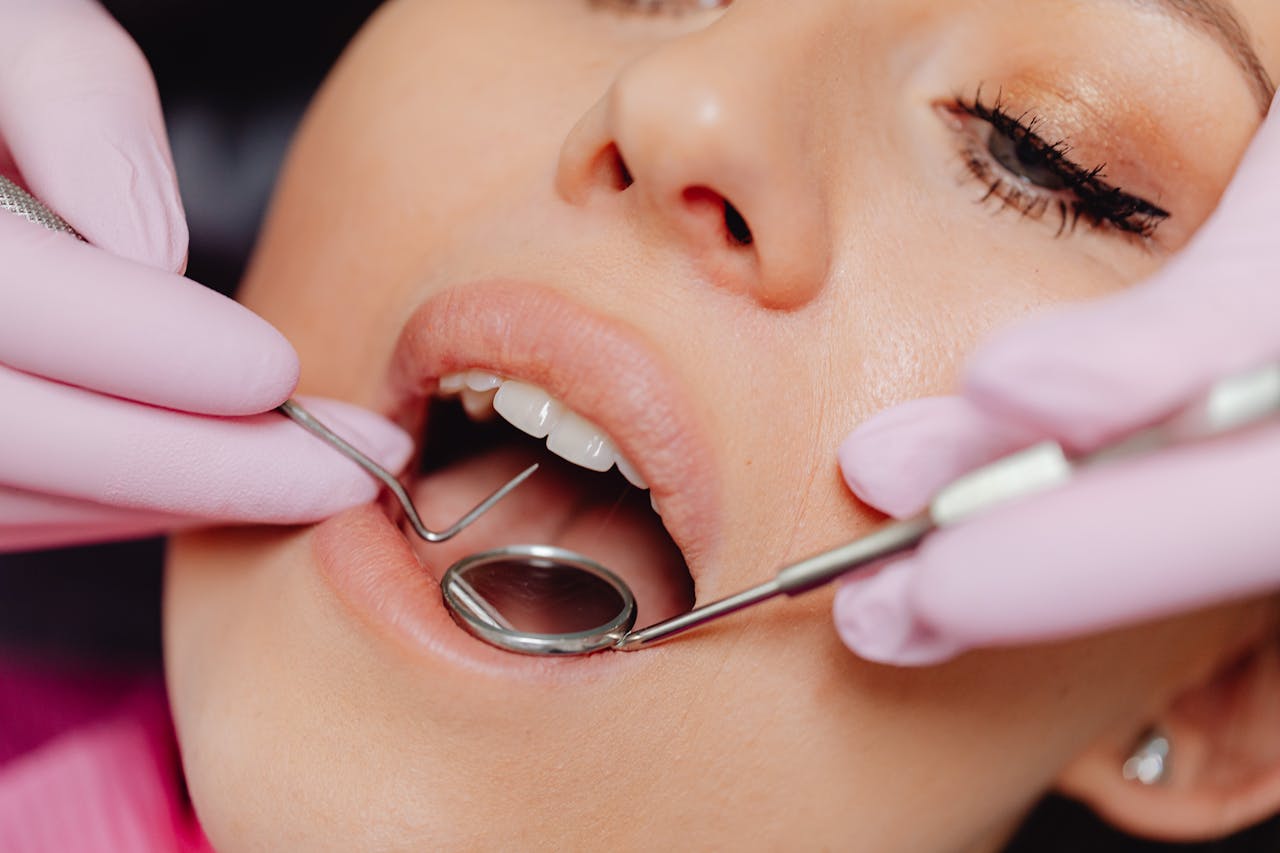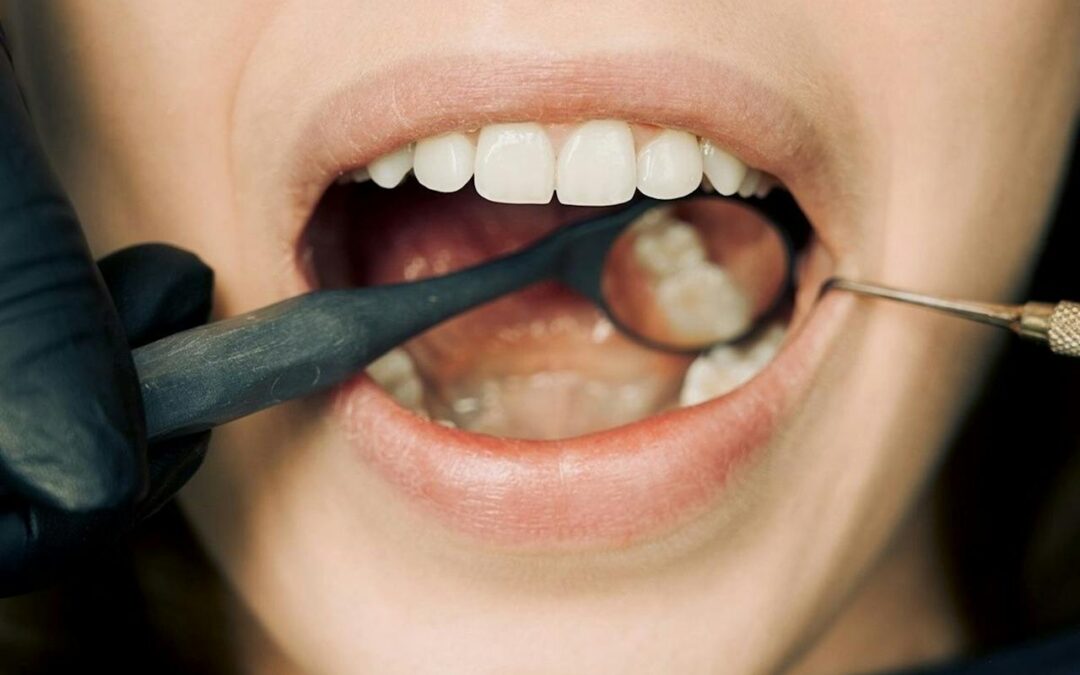Dental crowns and bridges are essential treatments in restorative dentistry that can significantly enhance both the function and appearance of your teeth. Dental crowns are custom-made caps that cover a damaged or decayed tooth, restoring its shape, size, and strength. On the other hand, dental bridges are designed to fill gaps left by missing teeth, ensuring your smile stays complete and functional.
We will examine dental crowns and bridges in more detail, exploring their types, the procedures involved in getting them, and the benefits and potential concerns associated with these dental solutions. Whether you are experiencing tooth damage or loss, this guide will provide valuable insights into how crowns and bridges can help restore your smile and function.
Understanding Dental Crowns
What Are Dental Crowns?
Dental crowns, often referred to as “caps,” are restorations that cover or encase a damaged or decayed tooth. A crown is custom-made to fit over a tooth, improving its shape, size, and strength. It’s designed to look and feel like a natural tooth, blending seamlessly with the rest of your teeth. Crowns are highly durable and can last for many years with proper care, making them a reliable solution for restoring the function and appearance of damaged teeth.
Types of Dental Crowns
There are several types of dental crowns, each with its own set of advantages. The main types include:
Metal Crowns: Made from metals like gold, platinum, or base metal alloys, these crowns are known for their durability and resistance to wear. Due to their metallic appearance, they are often recommended for back teeth.
– Porcelain-Fused-to-Metal (PFM) Crowns: These crowns have a metal interior for strength and a porcelain exterior for a natural look. They are a popular choice for both front and back teeth.
– All-Ceramic or All-Porcelain Crowns: Made entirely of ceramic or porcelain, these crowns offer the most natural appearance, making them ideal for front teeth. They are also a good option for people with metal allergies.
– Resin Crowns: These are generally less expensive and are often used as temporary crowns. They are not as durable as other types but can be a good short-term solution.
When Are Dental Crowns Needed?
Dental crowns are versatile and can be used in various situations. Some common reasons for needing a dental crown include:
– Restoring a tooth that is severely decayed or damaged.
– Protecting a weak tooth from breaking or holding together parts of a cracked tooth.
– Covering and supporting a tooth with a large filling when there isn’t enough tooth left.
– Holding a dental bridge in place.
– Covering misshapen or severely discolored teeth.
– Covering a dental implant to restore function and appearance.
– Making cosmetic modifications to improve the overall look of a smile.
Exploring Dental Bridges
What Are Dental Bridges?
Dental bridges are used to replace one or more missing teeth. A bridge consists of two or more dental crowns on either side of the gap, which act as anchors, and a false tooth (or teeth) in between. The false teeth are called pontics and can be made from various materials, including gold, alloys, porcelain, or a combination. Bridges help maintain the shape of your face, restore your ability to chew and speak, and prevent remaining teeth from drifting out of position.
Types of Dental Bridges
There are several types of dental bridges designed to meet different needs:
– Traditional Bridges are the most common type, consisting of one or more points held in place by dental crowns on either side. They are typically made of porcelain fused to metal or ceramics.
– Cantilever Bridges are used when adjacent teeth are on only one side of the missing tooth or teeth. They are not as commonly used due to the risk of damaging other teeth.
– Maryland Bonded Bridges, also known as resin-bonded bridges, are made of a plastic false tooth and gums supported by a metal or porcelain framework. Metal or porcelain wings on both sides of the bridge are bonded to existing teeth.
– Implant-Supported Bridges are anchored by dental implants rather than crowns, providing a robust and permanent solution for missing teeth.
Situations Requiring Dental Bridges
Dental bridges are ideal in situations where:
– One or more teeth are missing, and the gap needs to be filled to restore function and aesthetics.
– The remaining teeth around the gap are strong enough to support a bridge.
– A long-term solution is needed that will stay securely in place.
– Avoiding the use of removable partial dentures is preferred.
By understanding the importance and options of dental bridges, you can make informed decisions to improve your oral health and restore your smile.
The Procedure for Crowns and Bridges
Steps to Getting a Dental Crown
Getting a dental crown typically involves two appointments:
1. First Visit – Preparation: During the initial visit, your dentist will examine and prepare the tooth needing the crown. This preparation involves removing decay and shaping the tooth to fit the crown. After shaping, an impression of the tooth is taken to create a custom crown. A temporary crown protects the tooth until the permanent one is ready.
2. Second Visit – Placement: On your second visit, the dentist removes the temporary crown and fits the permanent one. The new crown is checked for proper fit and color, and adjustments are made if necessary. Once everything is perfect, the crown is cemented into place.
How a Dental Bridge Is Placed
Placing a dental bridge usually requires two or more visits. Here’s a breakdown of the process:
1. First Visit – Preparation: The teeth adjacent to the missing tooth (abutment teeth) are prepared by removing a portion of enamel to make room for crowns. Impressions of your teeth are taken to fabricate the bridge, pontic(s), and crowns. A temporary bridge is placed to protect your teeth and gums.
2. Second Visit—Placement: During the second visit, the temporary bridge is replaced with the permanent one. The dentist carefully adjusts the bridge to ensure a proper fit and comfortable bite. The bridge is then securely cemented onto the abutment teeth.
Recovery and Aftercare Tips
– Immediate Care: After the procedure, it’s normal to experience some sensitivity or discomfort, which should subside in a few days. Over-the-counter pain relievers can help manage any discomfort.
Eating and Hygiene: Stick to soft foods and avoid chewing on hard objects to prevent damage to your new dental work. Continue with your regular oral hygiene routine, including brushing twice a day and flossing daily, to maintain the health of your crowns and bridges.
– Routine Check-Ups: Regular dental check-ups are essential to monitor the condition of your crowns and bridges.
Benefits and Potential Concerns
Advantages of Crowns and Bridges
Dental crowns and bridges offer numerous benefits that improve both oral health and quality of life:
– Restoration of Function: Crowns and bridges restore the ability to chew and speak properly, making everyday activities much easier.
– Aesthetic Improvement: These dental solutions enhance the appearance of your smile by covering damaged teeth and filling in gaps.
– Preventive Care: Crowns protect weakened teeth from further decay or damage, while bridges prevent remaining teeth from shifting out of place.
– Durable Solutions: When properly cared for, crowns and bridges can last many years, providing long-term benefits and value.
Common Issues and How to Address Them
While crowns and bridges are generally very effective, some potential issues can arise:
– Sensitivity: Some patients may experience temporary sensitivity after the procedure. Using toothpaste for sensitive teeth can help.
– Loosened Crowns or Bridges: If a crown or bridge becomes loose, it’s important to visit the dentist promptly for adjustment or re-cementing.
– Decay Under Crowns: Although the crown itself cannot decay, the tooth underneath it can. Maintaining excellent oral hygiene is essential to prevent decay.
Long-Term Care and Maintenance
Taking care of your crowns and bridges will ensure their longevity:
– Maintain Oral Hygiene: Brush and floss regularly, and consider using an interdental brush to clean around crowns and bridges.
– Regular Dental Visits: Visit the dentist every six months for cleanings and check-ups to monitor the condition of your dental restorations.
– Avoid Hard Foods: Be cautious with foods that could crack or damage your crowns and bridges, such as hard candies and ice.
Conclusion
Dental crowns and bridges are vital restorative options that can vastly improve your oral health and overall quality of life. They provide robust and aesthetically pleasing solutions for damaged or missing teeth, restoring your smile and your ability to eat and speak confidently. By understanding the procedures and benefits, and following proper care routines, you can enjoy the lasting advantages of these dental treatments.
If you need affordable dental crowns or bridges and want personalized advice, don’t hesitate to reach out. At Jordan M. Job DDS, we offer comprehensive dental care that caters to your unique needs. Schedule your consultation today to explore how we can help you achieve a healthier, more radiant smile.
















